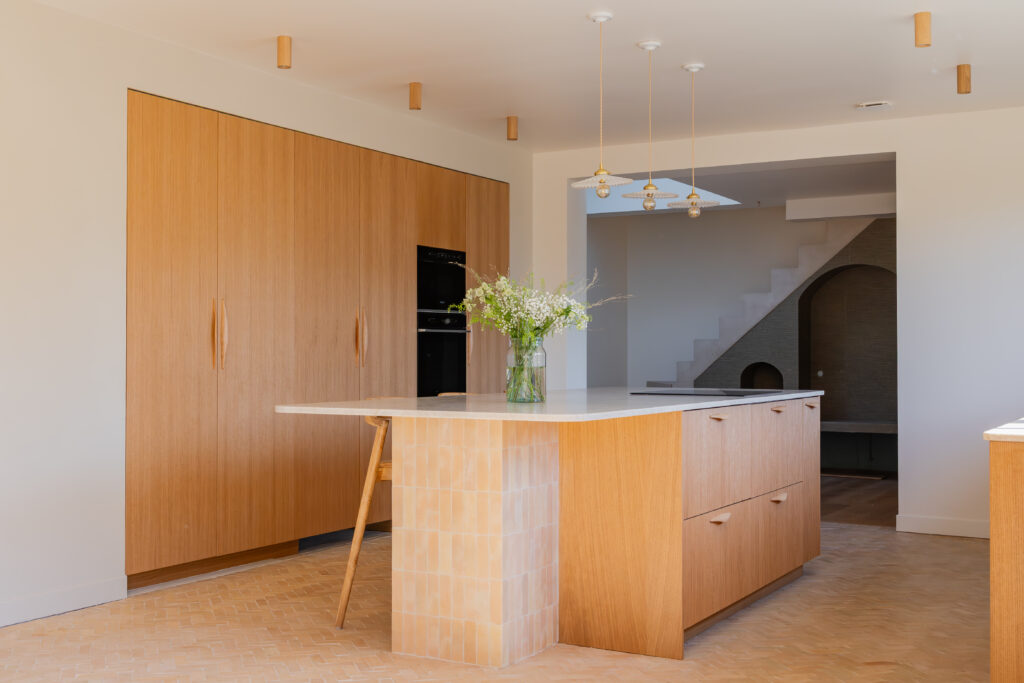
Le plan de travail est l’élément central de toute cuisine. Il structure l’espace, conditionne l’ergonomie, impacte le style et subit toutes les contraintes du quotidien. Que vous soyez à la recherche d’un plan de travail cuisine sur mesure, d’un plan esthétique ou ultra résistant, ce guide vous aide à choisir le bon matériau.
1. Le plan de travail en granit : robustesse et élégance naturelle
Le plan de travail en granit est l’un des plus prisés pour les cuisines intensives. Il s’agit d’une pierre naturelle ultra résistante à la chaleur, aux rayures et à l’humidité. Chaque dalle est unique : veinures, contrastes, motifs profonds… La nature offre ici un rendu esthétique spectaculaire.
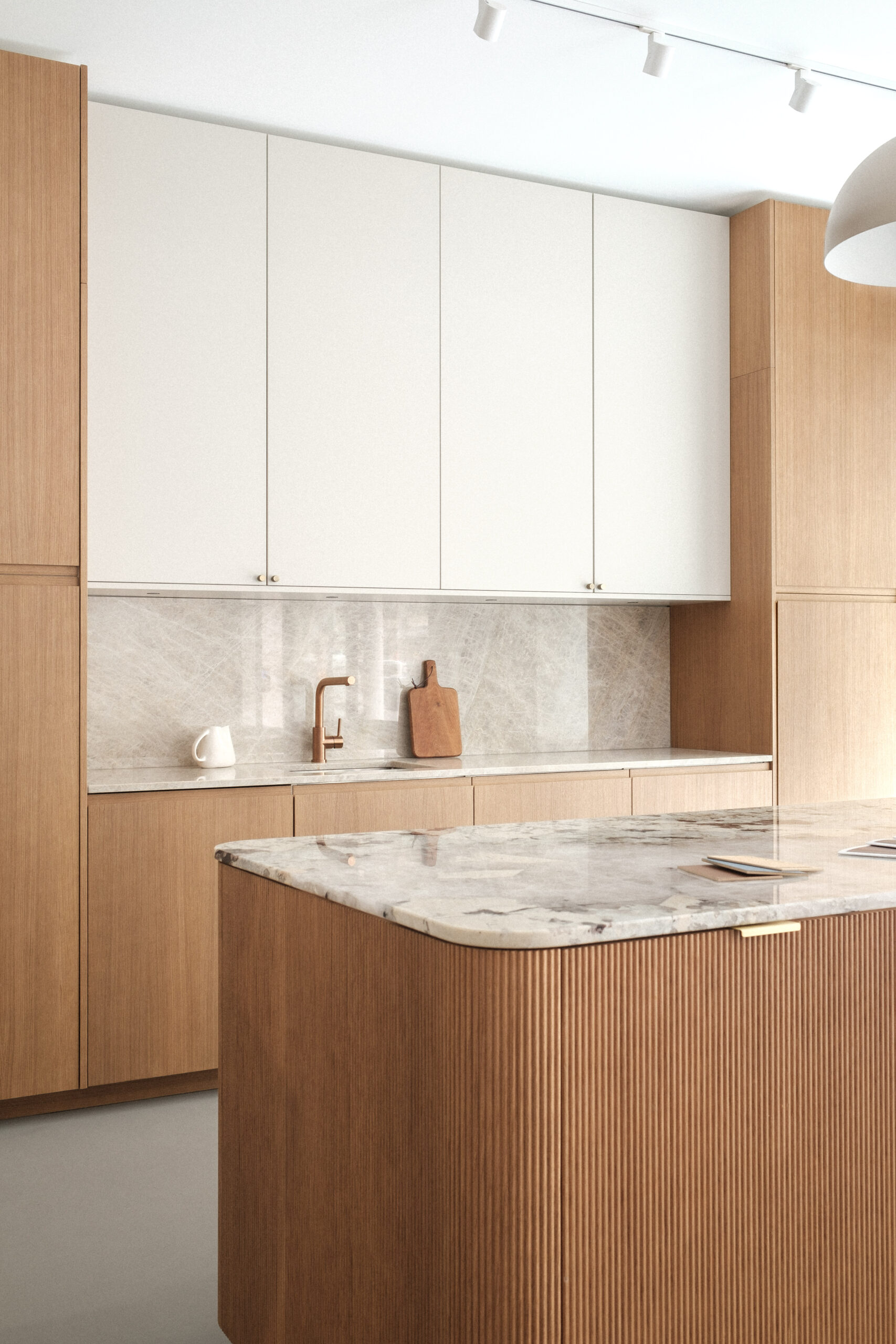
Le granit « Patagonia », extrait au Brésil, est apprécié pour son apparence dramatique et ses nuances contrastées. Il transforme une cuisine en pièce maîtresse.
Avantages :
Résistance exceptionnelle
Très longue durée de vie
Surface facile à entretenir
Compatible avec tous styles de façades
2. La quartzite : l’élégance du marbre avec la solidité du granit
Souvent confondu avec le quartz, le quartzite est une pierre naturelle extrêmement dure, plus résistante que le marbre et plus stable que certains granits.
Il combine esthétique raffinée et solidité à toute épreuve. Un plan de travail en quartzite séduit par ses motifs doux, parfois proches du marbre, tout en étant moins fragile.
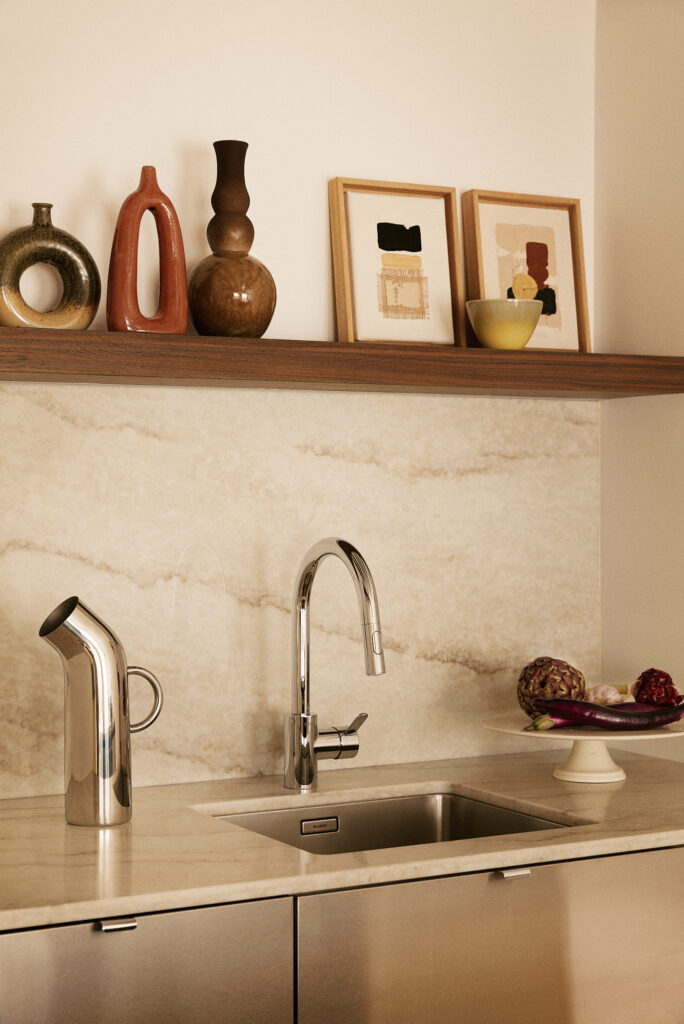
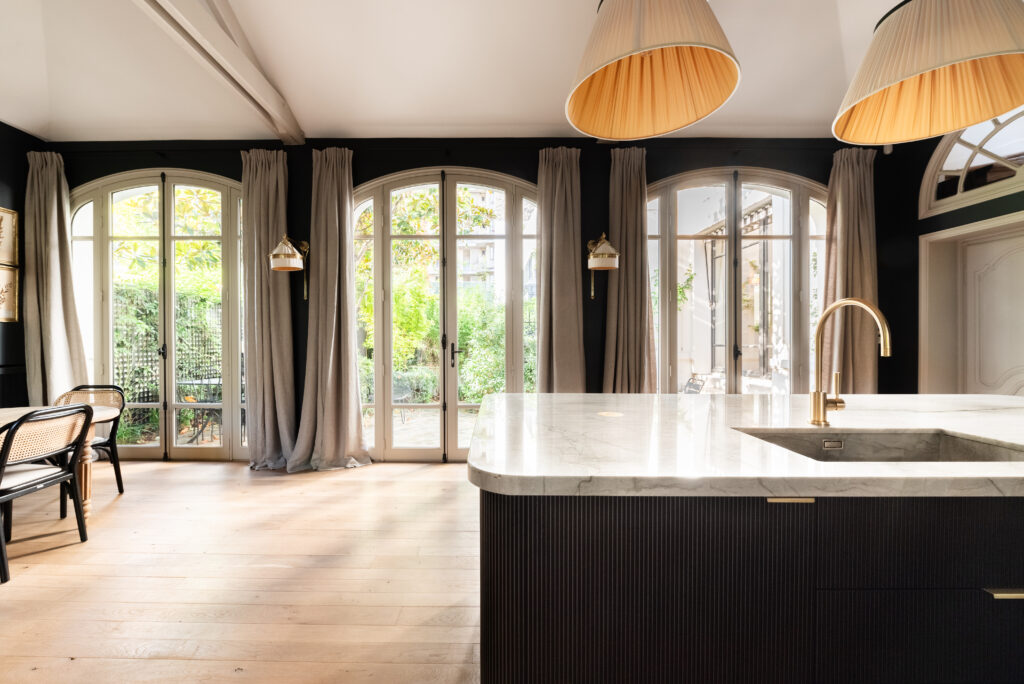
3. Le travertin : un charme méditerranéen unique
Le travertin, pierre calcaire naturelle, apporte une ambiance douce et chaleureuse. Très utilisé dans les intérieurs contemporains, il offre un rendu artisanal et minéral, idéal pour un plan de travail salle de bain ou une zone cuisson.
Attention cependant à son entretien régulier, car c’est une matière plus poreuse que le granit ou la céramique.
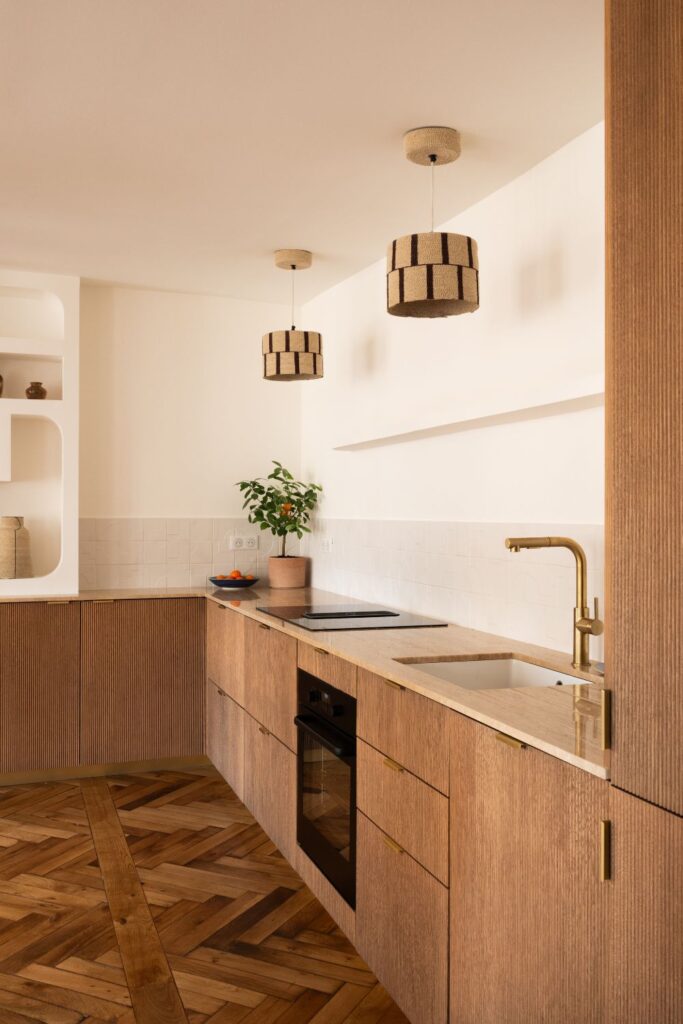
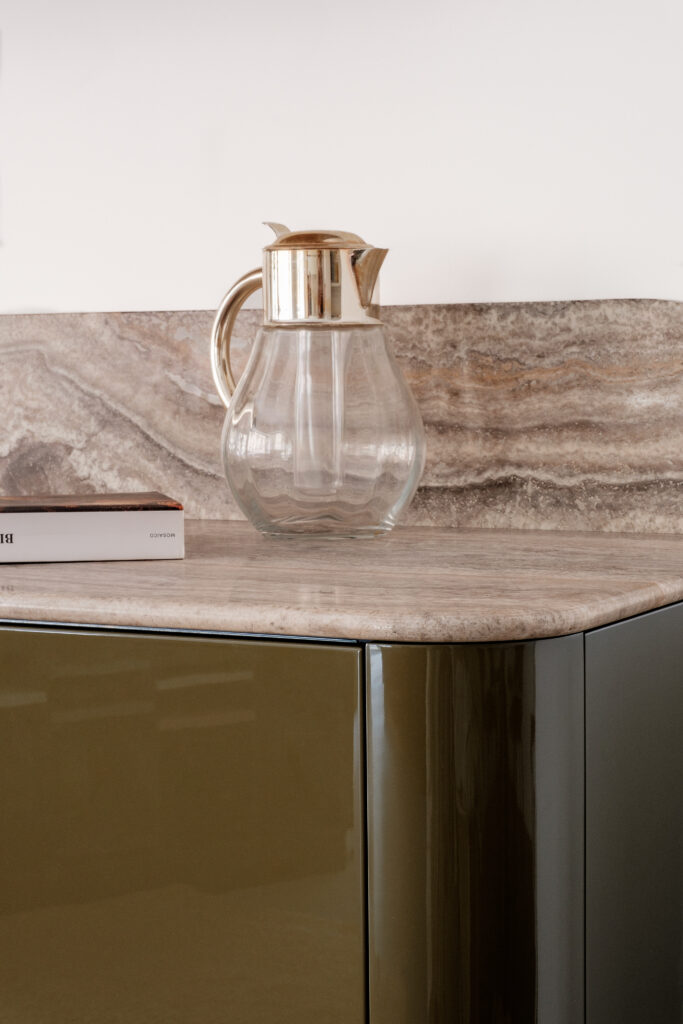
Pour un usage modéré et un effet wabi-sabi très tendance.
4. La céramique : finesse, design et ultra-résistance
Un plan de travail en céramique allie design contemporain, finesse et performance technique. La céramique résiste parfaitement à la chaleur, aux rayures, aux taches et aux UV. Elle convient aussi bien à une cuisine moderne qu’à une salle de bain.
Disponible en finition mate, brillante ou imitation pierre (marbre, béton, etc.), elle est très prisée par les architectes.
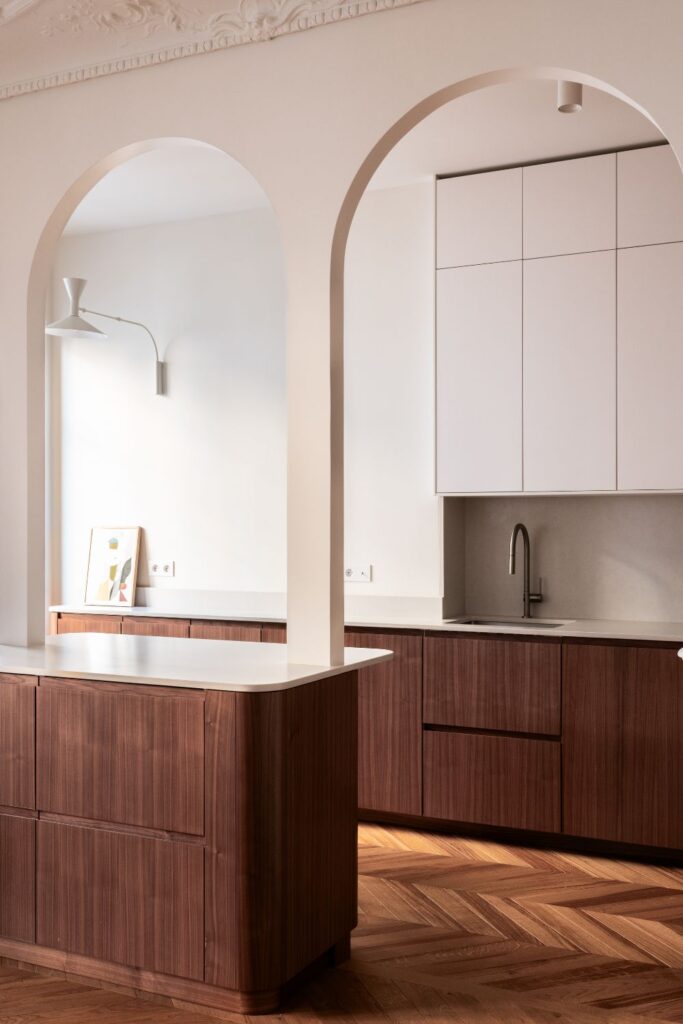
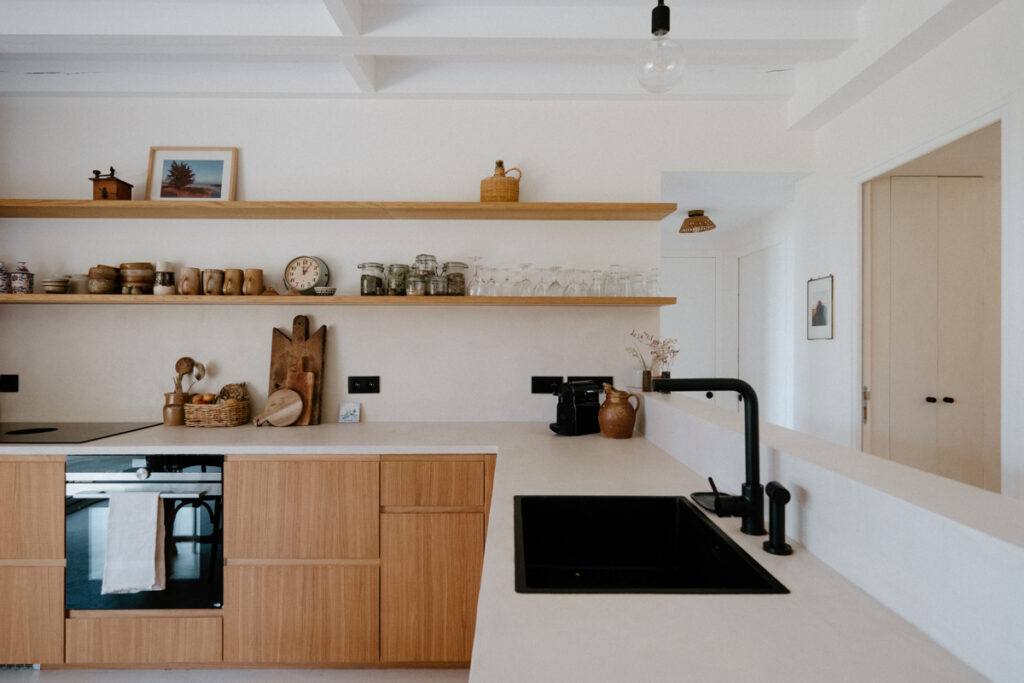
Parfaite pour les projets sur mesure, notamment avec un îlot central ou une hotte de plan de travail.
5. Le bois massif : chaleur et caractère
Un plan de travail bois massif, en particulier en chêne massif, donne du caractère à la cuisine. Il évoque la tradition tout en s’adaptant aux intérieurs contemporains. Son toucher naturel et chaleureux plaît à tous les amoureux de matériaux vivants.
Pour une durabilité maximale, optez pour un bois huilé ou verni, et prévoyez un entretien régulier.
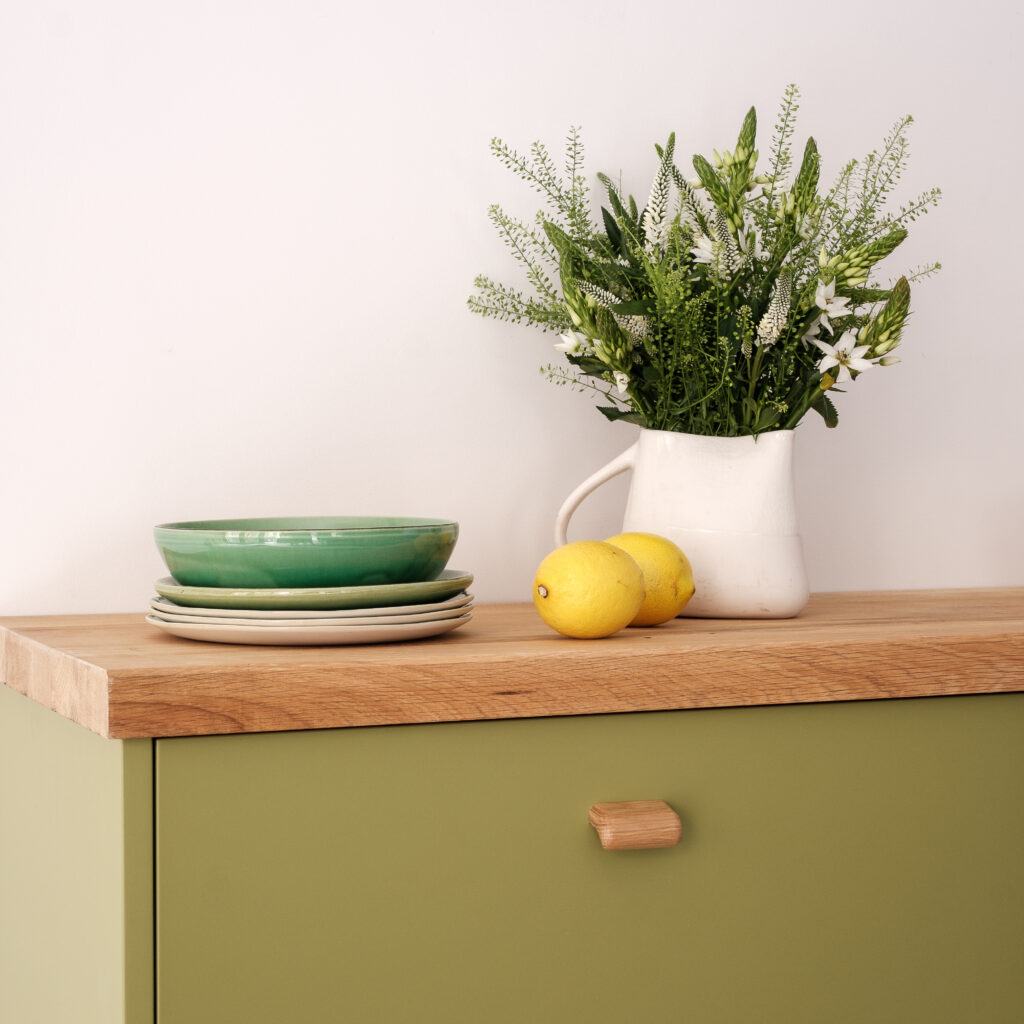
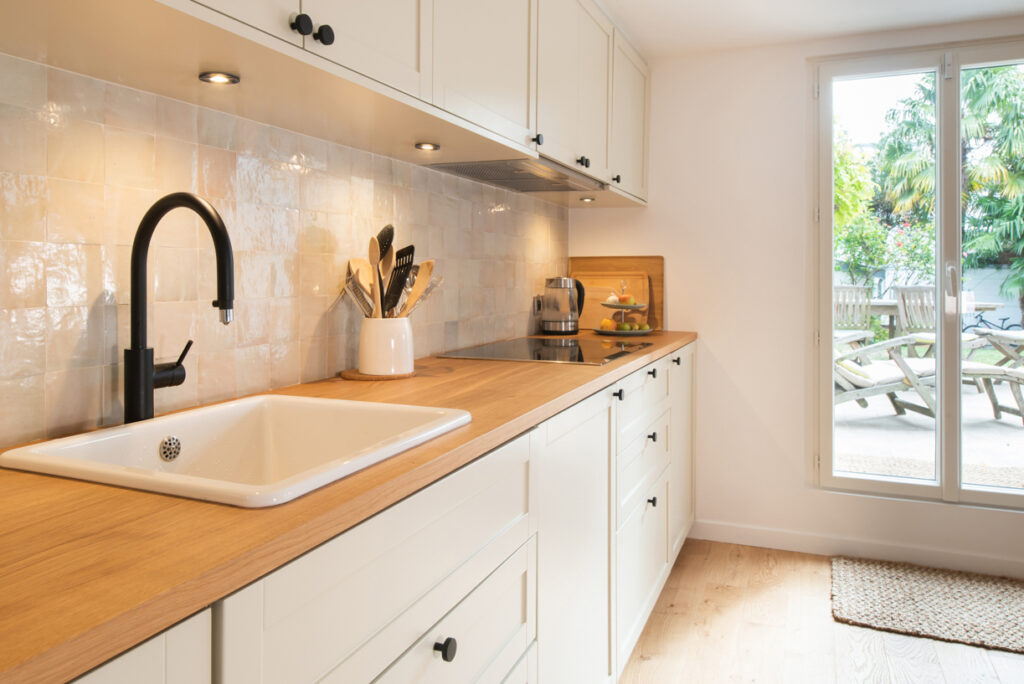
Associez-le à des façades noires, blanches ou crème pour un contraste élégant.
6. Le plan de travail en inox massif : le choix des cuisines professionnelles
Le plan de travail en inox est le grand favori des chefs et des cuisines professionnelles. S’il est longtemps resté cantonné aux restaurants, il séduit désormais les particuliers en quête d’un style industriel ou minimaliste. En version massive (et non simplement plaquée), l’inox devient un matériau premium, à la fois ultra hygiénique, résistant et très contemporain.
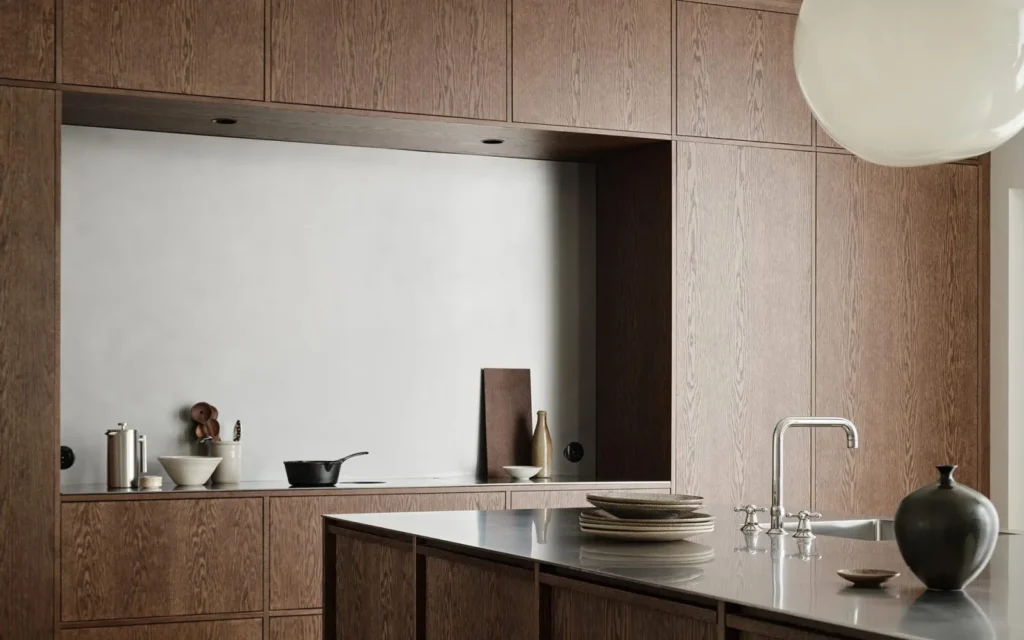
Inspiration : frenchyfancy
7. Bien choisir son plan de travail : critères à ne pas négliger
Hauteur plan de travail cuisine : idéale entre 90 et 95 cm
Profondeur et longueur : pensez à l’encombrement d’un meuble bas, des prises encastrables, d’un îlot
Compatibilité : plaque de cuisson encastrée, évier, hotte intégrée
Usage quotidien : cuisson, découpe, lavage, accueil
Entretien : privilégiez les matériaux non poreux si vous cuisinez beaucoup
Budget : du stratifié pas cher chez Brico Depot au plan de travail sur mesure en Dekton ou granit haut de gamme chez Leroy Merlin ou Ikea.
Enfin, le choix doit être fait en fonction de vos besoins : certains préféreront un matériau résistant à la chaleur, d’autres un plan esthétique pour accueillir, cuisiner ou faire la vaisselle. Il faut aussi tenir compte de l’usage quotidien, du design global et de la compatibilité avec votre électroménager. Une bonne hauteur plan de travail cuisine, souvent située entre 90 et 95 cm, peut changer le confort de travail au quotidien.
Si vous envisagez une rénovation, c’est le bon moment pour comparer les options et optimiser votre espace.
Pour continuer dans votre projet cuisine, n’hésitez pas à découvrir nos différentes finitions de façades.
quel plan de travail choisir pour sa cuisine ?